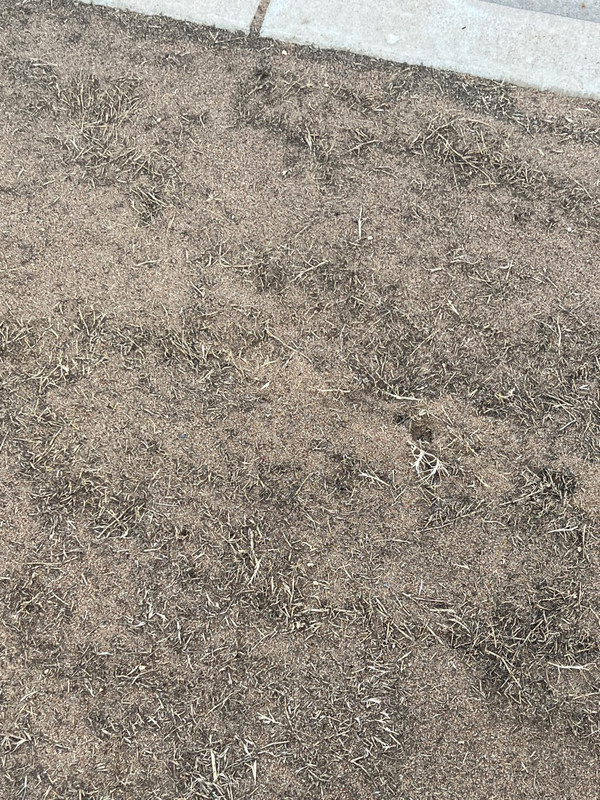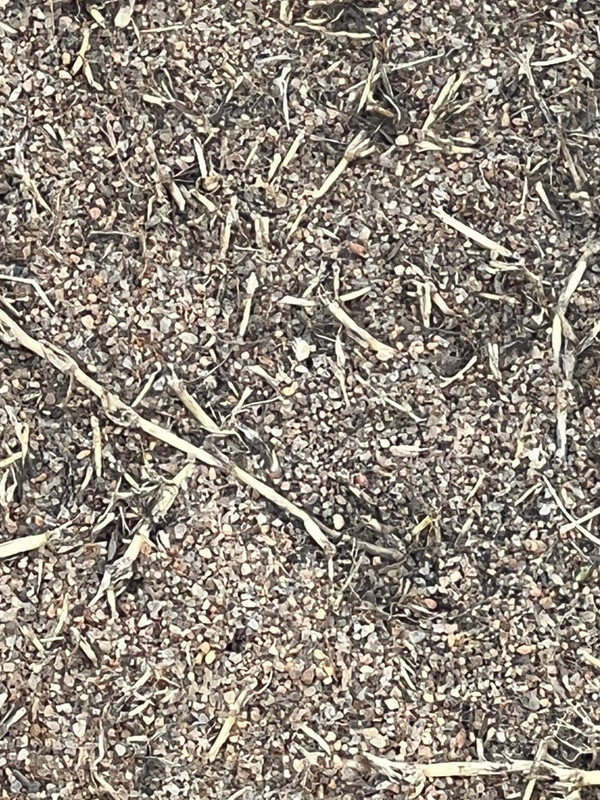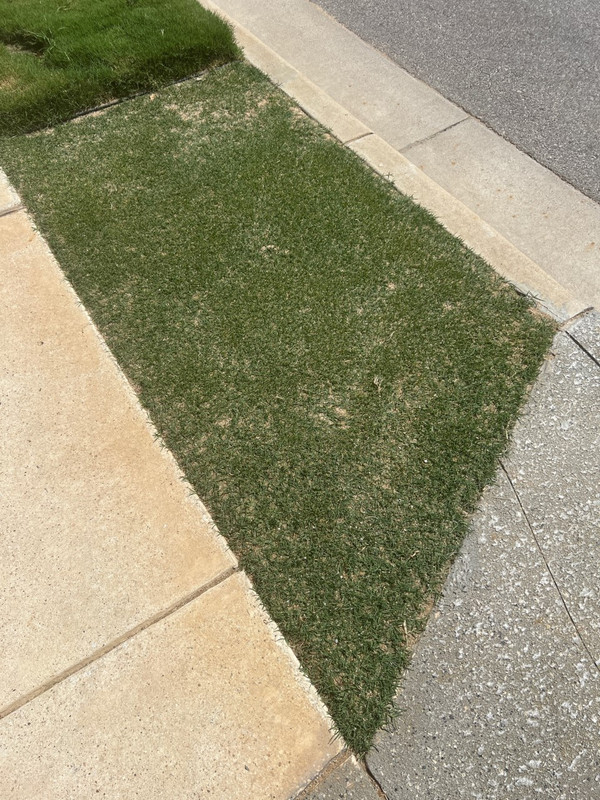Ok so I'm familiar with how aggressive Bermuda can spread, particular with it's above ground "runners" (stolons). The stolons run along the ground and create new little tufts of grass along them and those tufts eventually can root down and essentially create a new grass plant there. So a long runner can basically create new little Bermuda plants all along it eventually.
My question is what happens to the stolon itself over time? When the new satellite grass has rooted down isn't it still connected to the original plant via the stolon?
I ask because obviously when you rake or dethatch or anything, you can pull on the stolon and I worry about ripping up the grass plants. Do the old stolons break down over time? Otherwise your lawn would just look like a spiderweb right?
My question is what happens to the stolon itself over time? When the new satellite grass has rooted down isn't it still connected to the original plant via the stolon?
I ask because obviously when you rake or dethatch or anything, you can pull on the stolon and I worry about ripping up the grass plants. Do the old stolons break down over time? Otherwise your lawn would just look like a spiderweb right?







